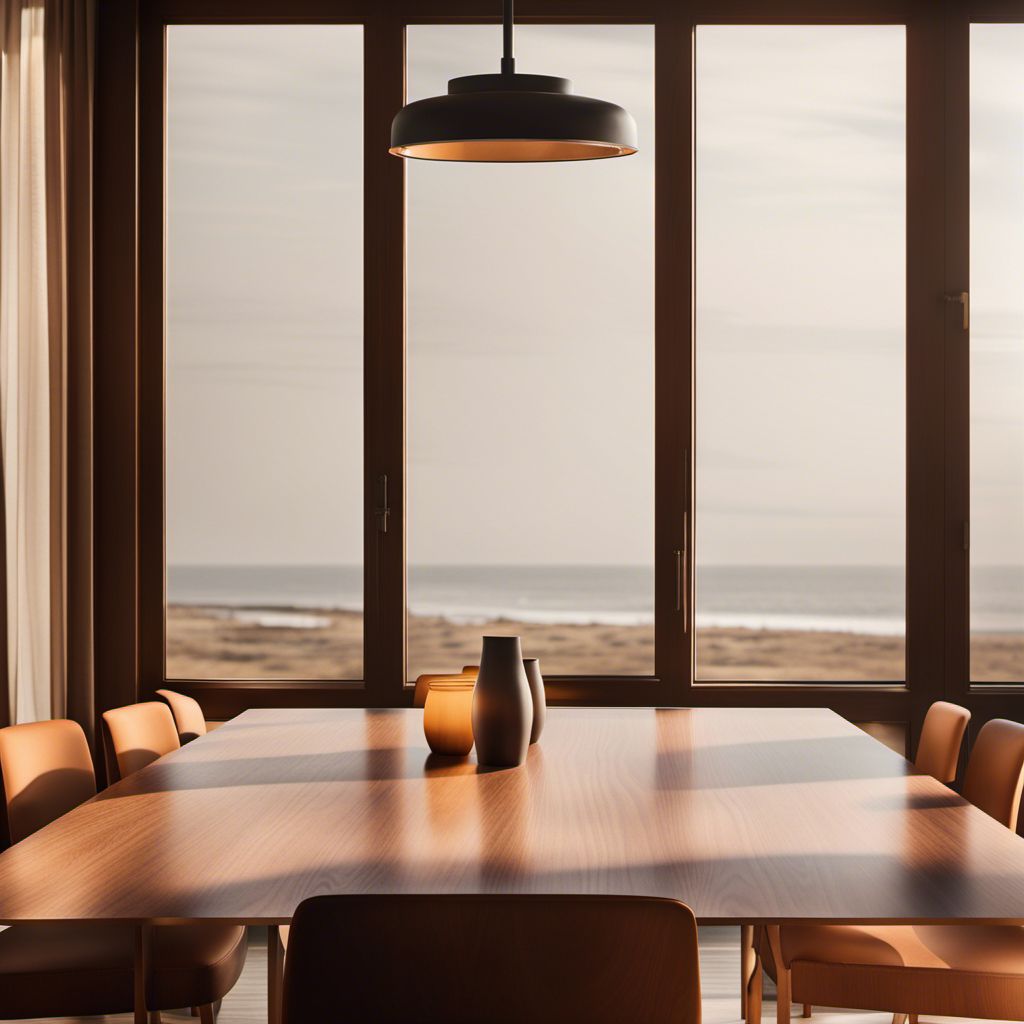
Ingredient
Maples (trunk sap)
Liquid Gold: Maples (Trunk Sap)
Maples are obtained by tapping maple trees during late winter or early spring when the sap begins to flow. The sap is clear and watery, with a subtle sweetness and a hint of earthiness. It is often described as having a delicate, refreshing taste with floral undertones. The texture is thin and slightly viscous, similar to water.
Origins and history
Maples have a rich history and cultural significance, particularly in North America. Indigenous peoples have been tapping maple trees for centuries, using the sap as a source of nutrition and sweetness. Today, maple syrup production is a thriving industry in regions like Canada and the northeastern United States.
Nutritional information
Maples are a natural source of antioxidants and contain small amounts of minerals like calcium, potassium, and manganese. They are also low in calories and fat, making them a healthier alternative to refined sugars.
Allergens
There are no known allergens associated with maples.
How to select
When selecting maples, look for clear, transparent sap that is free from any cloudiness or discoloration. The sap should have a fresh, sweet aroma. Avoid sap that appears cloudy or has an off-putting smell.
Storage recommendations
To store maples, keep them in a cool, dark place away from direct sunlight. If the sap is not immediately used for making maple syrup, it can be refrigerated for a short period of time. However, it is best to consume or process the sap as soon as possible for optimal freshness and flavor.
How to produce
Maple trees can be tapped by drilling a small hole into the trunk and inserting a spout or tap. The sap will flow out of the tap and can be collected in buckets or containers. It is important to tap the trees during the appropriate season and follow sustainable tapping practices to ensure the health of the tree.
Preparation tips
Maples are primarily used for making maple syrup, which is a popular sweetener in various dishes and desserts. They can also be used to make maple sugar, maple candies, and maple-flavored beverages. Additionally, maples can be used as a natural sweetener in recipes that call for liquid sweeteners.
Availability
Maples are commonly available in regions with maple trees, such as Canada and the northeastern United States. They are also cultivated in some parts of Europe and Asia.
More ingredients from this category
Recipes using Maples (trunk sap) » Browse all
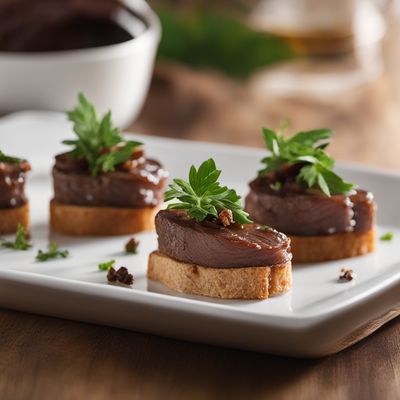
Canadian Maple-Glazed Beef Tongue Canapés
Maple-Glazed Delights: Canadian Beef Tongue Canapés
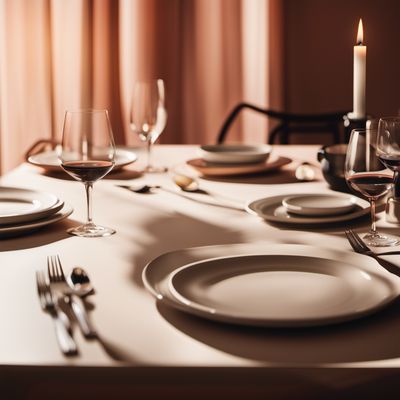
Maple Syrup Snow Candy
Sweet Delights: Maple Syrup Snow Candy
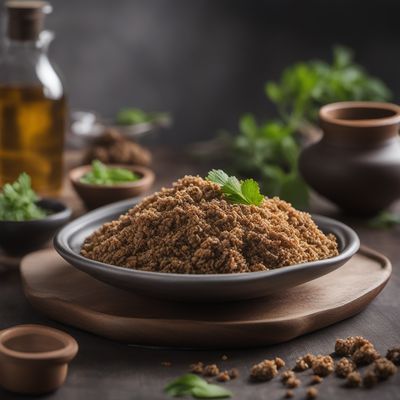
Fuži with White Istarski Truffle
Truffle-infused Noodle Delight: A Chinese Buddhist Twist on Croatian Cuisine
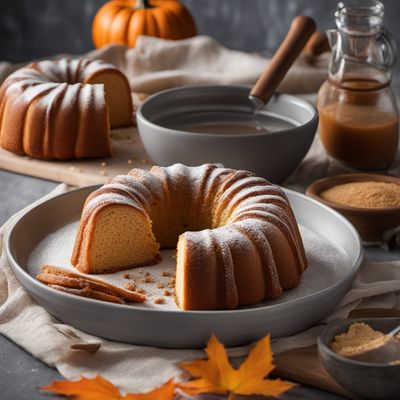
Ciambella with a Twist
Maple-Glazed Pumpkin Ciambella: A New American Delight

Mauritanian Maple Bar Doughnut
Saharan Sweet Delight: Mauritanian Maple Bar Doughnut

Quebecois Lotus Root Salad
Savory Delight: Quebecois Lotus Root Salad

Wisconsin-style Slow-cooked Pork Shank
Cheesy Beer-Braised Pork Shank with Maple Glaze

Lowcountry Shrimp and Grits Puffs
Savory Shrimp and Grits Puffs with a Lowcountry Twist

Chinese-style Shrimp and Grits
Savory Shrimp and Grits with a Chinese Twist

Lowcountry Shrimp and Grits
Southern Comfort: Lowcountry Shrimp and Grits

Maple Cream Pie with a European Twist
Velvety Maple Cream Pie with a Touch of European Elegance

Tlingit-Inspired Sago Halawa
Wilderness Delight: Tlingit-Inspired Sago Halawa